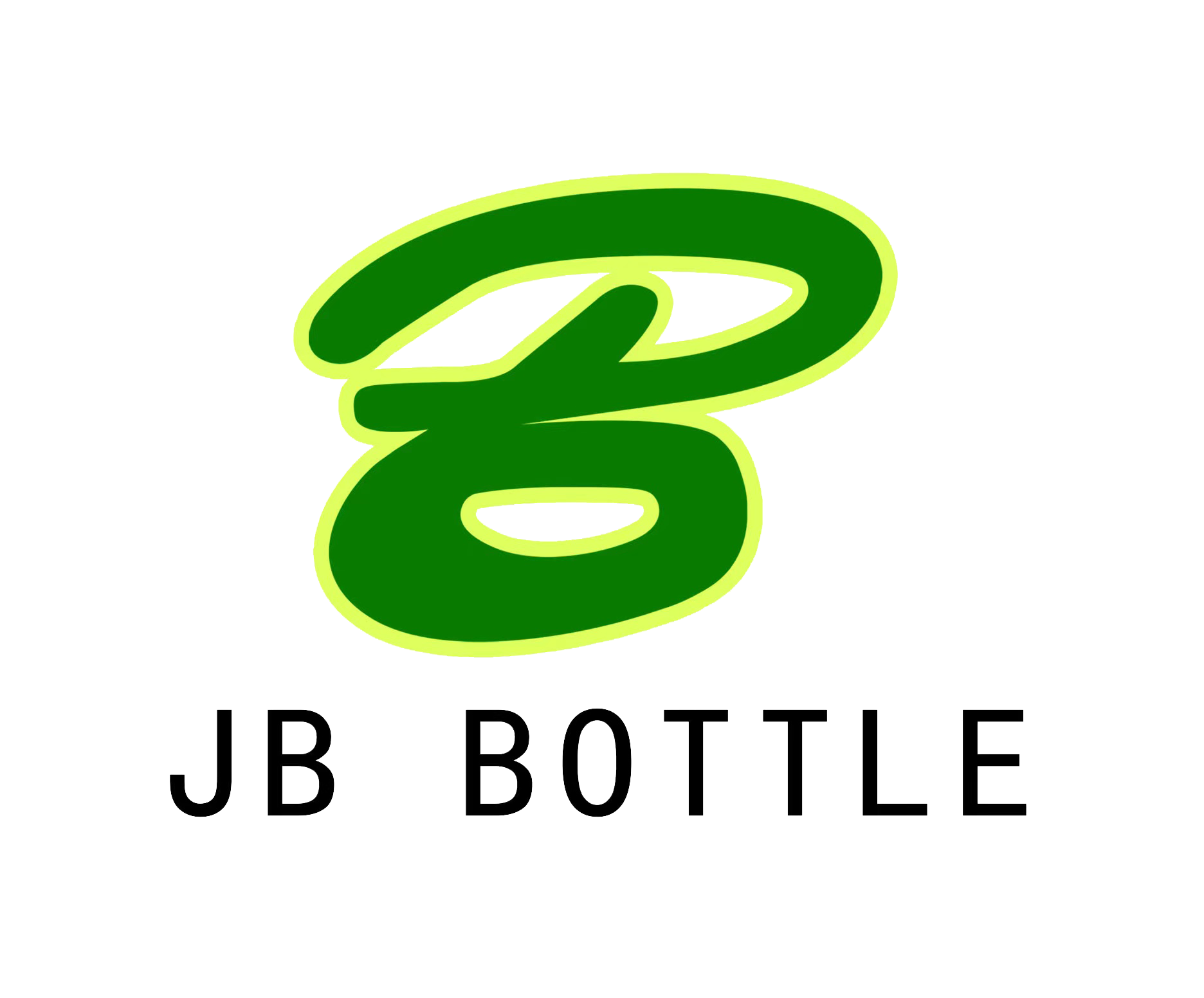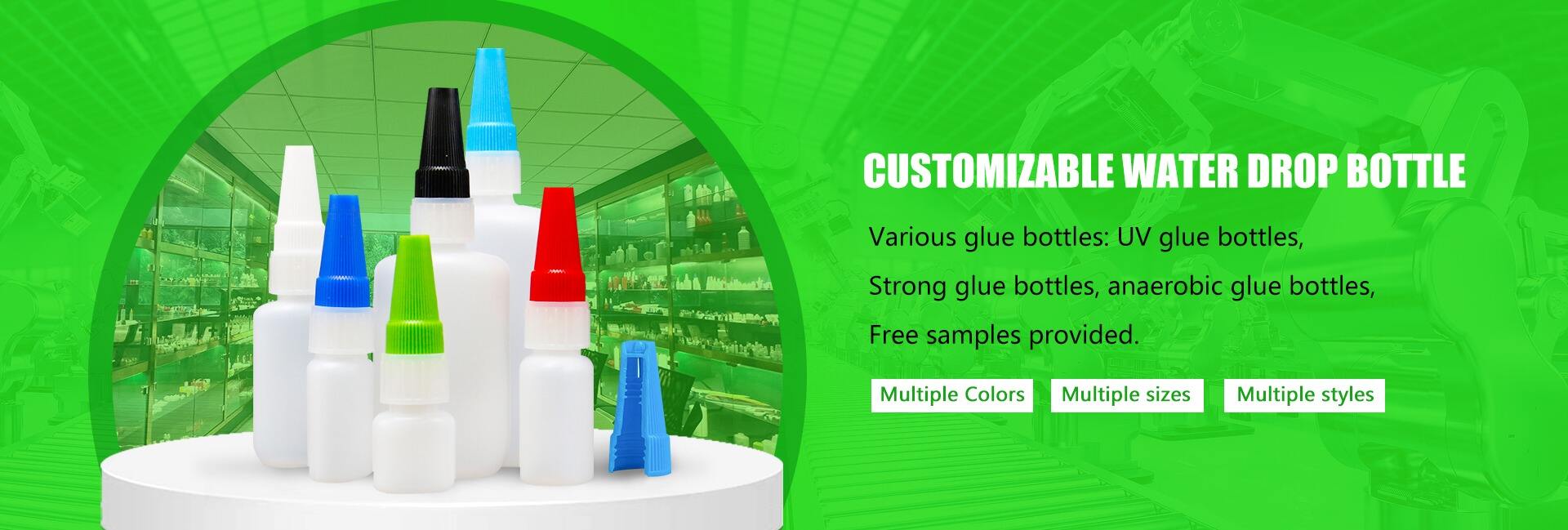Need to store hazardous chemicals? Look for high - strength plastic bottles for safe storage!
Key Plastic Materials for Hazardous Chemical Storage
High-Density Polyethylene (HDPE): Strength and Chemical Resistance
High-density polyethylene (HDPE) is renowned for its excellent strength-to-density ratio, making it ideal for hazardous chemical storage. This material is highly resistant to both impact and a wide range of chemicals, minimizing the risk of leaks. HDPE's lightweight yet durable nature is a significant advantage; manufacturers prefer it as it cuts down on transportation costs. Additionally, HDPE resists UV radiation, which means it can endure outdoor environments for extended periods. Studies suggest a lifespan exceeding ten years under normal conditions (Source: Journal of Applied Polymer Science). Thus, its robustness and chemical resistance make HDPE a popular choice for secure chemical storage.
Polyethylene Terephthalate (PET): Clarity and Durability
Polyethylene terephthalate (PET) provides clear packaging, which is crucial for the easy identification of stored chemicals. PET is known for its high tensile strength, enhancing its resistance to rupture and breakage. Its lightweight nature, coupled with robustness, makes handling more ergonomic. Moreover, research highlights the recyclability of PET, making it an environmentally friendly option for disposing of hazardous containers. These properties make PET a viable choice for storing various chemicals, as it offers superior clarity and durability without compromising safety.
Polypropylene (PP): Heat Resistance and Flexibility
Polypropylene (PP) boasts impressive heat resistance, making it suitable for high-temperature chemical storage. Its flexibility allows for various bottle designs without sacrificing structural integrity. Notably, PP undergoes a unique transformation when heated, enhancing its resistance to stress cracking. According to studies, polypropylene's balance of flexibility and strength makes it ideal for hazardous chemical storage. Its adaptability in design and reliable performance are key attributes that make PP a preferred material in the storage of temperature-sensitive chemicals.
Essential Features of High-Strength Chemical Bottles
UV Resistance for Outdoor Storage
UV resistance is an essential feature for chemical bottles used in outdoor environments as it safeguards the material from degradation. When exposed to UV rays, plastics can lose their mechanical and chemical properties, leading to potential leaks and product failures. To combat this, manufacturers infuse special additives into the plastics during the production process to bolster their UV protective capabilities, thereby extending the bottle's lifespan. Studies show that without these additives, UV exposure could result in a 30% reduction in the integrity of the bottle over time. Additionally, rigorous testing protocols confirm that UV-resistant bottles maintain their structural integrity, even with prolonged outdoor exposure.
Impact-Resistant Design for Safe Handling
An impact-resistant design is crucial for chemical bottles to minimize breakage during transport and handling, particularly in industrial settings. Innovations such as double-wall construction are employed to enhance the durability and protective properties of these bottles. Statistics indicate that using impact-resistant designs can decrease breakage rates by over 40% in such environments. To promote safe handling, these bottles are often designed ergonomically, which reduces worker fatigue and enhances the overall safety of handling processes.
Barrier Properties Against Gas and Moisture
Effective barrier properties in chemical bottles are vital to prevent the permeation of gases and moisture, ensuring the stability and efficacy of hazardous chemicals stored within. The molecular structure of the material plays a significant role in its ability to act as a barrier, thereby affecting the shelf life and effectiveness of the stored substances. Studies suggest that materials with enhanced barrier properties can substantially lower the rates of chemical degradation, preserving quality. Regulatory bodies underscore the importance of these barrier properties as they ensure safety during the transport and storage of chemicals.
Safety Standards and Compliance in Chemical Packaging
UN Certification for Hazardous Material Transport
Ensuring safe transportation of hazardous materials is crucial, and UN certification plays a pivotal role in this process. This certification confirms that packaging adheres to international safety standards designed specifically for hazardous materials transport. The rigorous testing involved examines durability and resistance to various conditions, ensuring that packages can withstand the pressures they will face during transport. Notably, compliance with these standards significantly boosts transport safety, potentially enhancing it by up to 50%. It is imperative for businesses involved in the transportation of chemicals to comprehend the specific UN codes related to packaging, as this understanding is essential for achieving regulatory compliance and safeguarding the integrity of transported chemicals.
FDA and ISO Compliance Requirements
FDA and ISO compliance are integral to maintaining safety and quality in chemical packaging, ensuring that packaging materials do not pose risks when in contact with hazardous chemicals. The FDA regulates the safety of these materials to protect consumer health, while ISO compliance confirms that quality assurance is stringently upheld during manufacturing processes. Adhering to these standards not only fortifies consumer trust and market credibility but is also mandatory for regulatory audits and reviews. Comprehensive documentation of compliance processes is vital, providing transparent evidence during inspections and enhancing a company's reputation for diligence in maintaining high safety standards. This dual compliance serves as a testament to a manufacturer's commitment to safety and quality in chemical packaging.
Sustainable Practices in Hazardous Material Storage
Recyclable Plastic Bottles and Circular Economy
Recyclable plastic bottles play a crucial role in promoting sustainable practices in hazardous chemical storage by significantly reducing waste. The transition towards a circular economy focuses on reusing materials, thereby reducing environmental impact. Given that approximately 1 million plastic bottles are produced every minute, there is an urgent need for effective recycling initiatives. Packaging designed to support recycling not only aids in reducing waste but also aligns with regulatory compliance concerning environmental safety. This alignment is critical in maintaining sustainability standards in chemical packaging.
Reconditioning Programs for Industrial Containers
Reconditioning programs are instrumental in extending the lifecycle of industrial containers, which helps in minimizing the demand for new materials. These programs typically involve processes such as cleaning, re-labeling, and conducting safety tests to maintain compliance with safety standards. Research suggests that companies implementing reconditioning can achieve up to 30% savings in packaging costs, making it a financially viable option. However, there must be clear guidelines and standards in place to ensure the safety and integrity of reconditioned containers when reused for hazardous materials.


